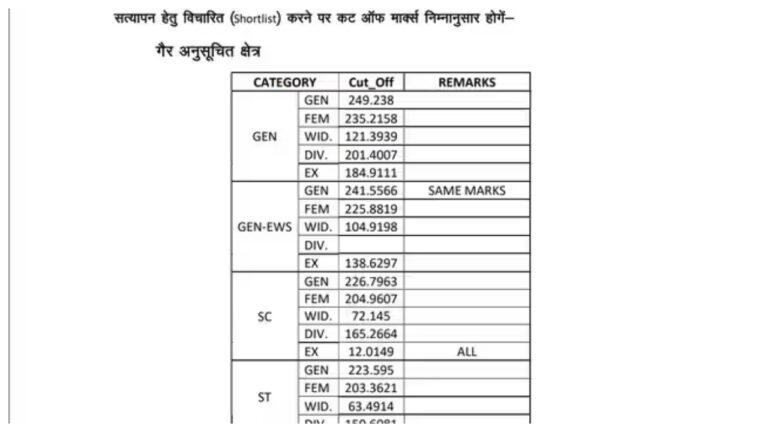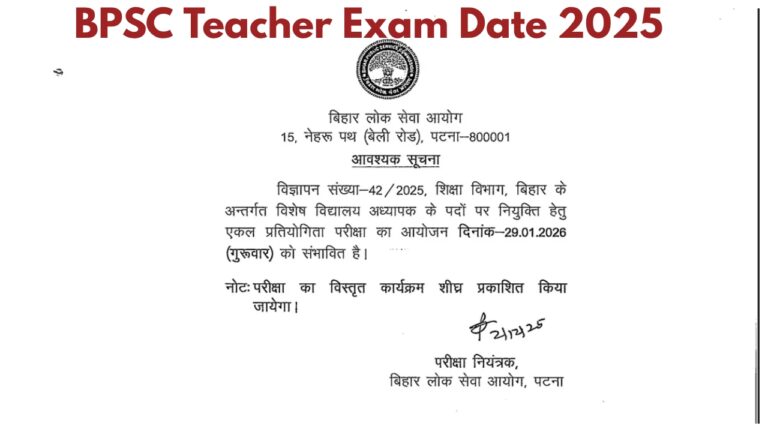Public Provident Fund (PPF) is considered one of the most reliable and popular savings schemes run by the Government of India. It is an excellent option for long-term investment, and the investment is secure, offering attractive interest. It is an important part of financial and retirement planning for many families. But a frequently asked question is: if the PPF account holder unfortunately passes away untimely and has not appointed anyone as a nominee in their account, what happens to the deposited amount in such a situation?
Today, in this article, we will provide a detailed answer to this important question. We will explain what legally happens to the funds deposited in a PPF account without a nominee, and how the deceased account holder’s family members or legal heirs can claim and receive that amount.
Importance of Nominee in PPF Account
When opening a PPF account, the account holder is given the facility to add one or more nominees. The primary purpose of appointing a nominee is to ensure who should be paid the deposited amount in the event of the account holder’s death. Having a nominee makes the death claim process very simple; after verification, the bank or post office directly pays the amount to the nominee.
However, if the account holder has not nominated anyone, then after their demise, the deposited amount in the account is legally claimed by their heirs (such as spouse, children, parents). In this situation, the process of claiming the amount is slightly more formal and requires more documentation compared to having a nominee.
Process for Claiming PPF Funds Without a Nominee
If a PPF account holder dies and no nominee is registered in the account, the legal heirs of the deceased must follow a specific claim process at the concerned bank or post office where the account is held to receive the deposited amount:
Ascertain the Amount in the Account: First, the legal heirs should find out the total amount deposited in the PPF account. This information can be obtained from the concerned bank or post office. Knowing the deposited amount is important because the requirement for additional legal documents depends on this amount, especially if the amount exceeds ₹1 lakh.
Submit Death Certificate: The original or certified copy of the deceased account holder’s Death Certificate is a mandatory document to start the claim process. This certificate is issued by the relevant government body like the municipal corporation or gram panchayat. A copy of this must be submitted along with the claim form at the bank or post office where the PPF account is located.
Fill and Submit Form G: Legal heirs need to obtain Form G from the bank or post office. This is the official form for claiming the amount deposited in a PPF account, especially when there is no nominee. In this form, details of the deceased account holder, information about all legal heirs claiming the amount, their relationship with the deceased (like wife, son, daughter, parents), and other necessary information need to be filled in.
Attach Necessary Documents: Along with Form G, legal heirs need to attach copies of their identity proof (like Aadhaar card, PAN card) and address proof. Additionally, the bank or post office may ask for documents proving your legal relationship with the deceased, such as a Family Relation Certificate issued by the head of the family.
Document Verification and Payment of Amount: After submitting Form G and other necessary documents, the bank or post office will verify all these documents. They will check the authenticity of the death certificate, the claims of legal heirs, and identity proofs. If the verification process is completed successfully and all documents are found correct, the entire amount deposited in the PPF account will be transferred to the bank account of the claiming legal heir (or heirs according to their share).
When the Claim Amount Exceeds ₹1 Lakh (Important Note):
It is very important to know that if the amount deposited in the PPF account is more than ₹1 lakh, an additional and often mandatory step is included in the claim process. For claims exceeding ₹1 lakh, the bank or post office may demand a ‘Succession Certificate’ or ‘Letter of Administration’ (if the deceased left a valid will) from the legal heirs. This certificate is issued by a court and legally establishes who the valid legal heirs of the deceased are. This process ensures that a large amount is paid only to the person/persons legally entitled to it. Therefore, if the amount in the account is more than ₹1 lakh, it is advisable to start the process of obtaining this certificate before claiming, as it may take time.
Conclusion:
Claiming the amount from a PPF account without a nominee is possible, but it requires legal heirs to follow the steps and provide the necessary documents mentioned above. This process can be more time-consuming and involve more legal formalities compared to having a nominee. Therefore, all PPF account holders are advised to definitely add a nominee to their account when opening it or as soon as possible thereafter. This will make the fund claim process very easy for your loved ones in the event of your untimely demise and save them from unnecessary trouble. Your little foresight can prove to be a big relief for them.










